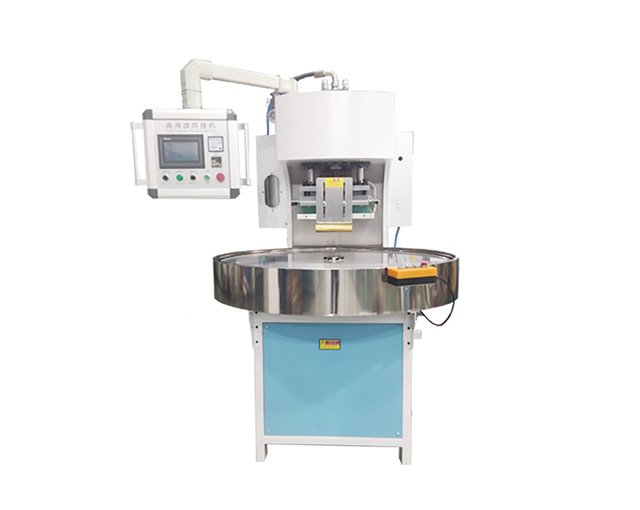Time:2025-08-12 Views:1 source:News

Embossing machine stability performance refers to the ability of the equipment to maintain consistent pressure, speed, and precision during the embossing process, ensuring uniform pattern quality across all workpieces. This stability is critical for industries such as packaging, textiles, leather goods, and paper processing, where even minor variations in embossing can compromise product aesthetics and functionality.
Mechanical design is a foundational factor in achieving stability. High-quality embossing machines feature robust frames made from heavy-duty steel or cast iron, which minimize vibration and deflection during operation. The frame’s rigidity prevents deformation under the high pressures (often ranging from 50 to 500 tons) applied during embossing, ensuring that the upper and lower rollers or plates remain parallel. This parallelism is essential for uniform pressure distribution across the workpiece, avoiding uneven embossing or partial pattern loss.
Precision control systems further enhance stability. Modern embossing machines are equipped with servo motors and closed-loop feedback systems that regulate speed and pressure in real time. For example, if the material thickness varies slightly (a common issue in textiles or paper), the system automatically adjusts the roller gap or pressure to maintain consistent embossing depth. This adaptability is particularly valuable for processing materials with natural variations, such as leather or handmade paper.
Bearings and guiding systems also play a key role. High-precision ball bearings or roller bearings reduce friction in moving parts, ensuring smooth rotation of embossing rollers. Linear guides for adjustable components (such as roller positioners) minimize play and backlash, allowing for precise setup and maintaining alignment during production. These components are often lubricated with high-performance oils or greases to reduce wear and ensure long-term stability.
Thermal stability is another critical aspect, especially for machines operating at high speeds or with heated rollers. Temperature fluctuations can cause thermal expansion of components, altering tolerances and pressure settings. Advanced embossing machines incorporate cooling systems (such as water jackets or air fans) to maintain a constant operating temperature, while thermal insulation prevents heat transfer to sensitive control components.
Stability testing is rigorous, with manufacturers subjecting machines to extended run tests under varying loads and speeds. These tests verify that the machine can maintain consistent embossing quality over thousands of cycles, with minimal drift in pressure or alignment. For industries with strict quality standards, such as luxury packaging, stability performance is often validated through third-party certification to ensure compliance with international norms.
embossing machine stability performance relies on robust mechanical design, precision control systems, high-quality components, and thermal management. By maintaining consistent pressure, speed, and alignment, these machines deliver uniform, high-quality embossing results, reducing waste and ensuring customer satisfaction.
Read recommendations:
Manual pedal type hf welding machine
Double Heads high frequency pvc plastic welding machine book cover leather embossing welder
Complete control over products allows us to ensure our customers receive the best qualityprices and service. We take great pride in everything that we do in our factory.
